.jpg?&w=650) Photo: Stéphane Affolter
Photo: Stéphane Affolter
Icelandic Farm Holidays: Your gateway to your roots
Most people who emigrated from Iceland to North America in the 19th century lived and worked in the Icelandic countryside. Icelandic Farm Holidays is rooted here too, in the farming community of Iceland's countryside.
The buildings may have changed over time and the people living on the farms today may not be your relatives but the valleys, mountains, rivers and creeks are just the same as when your ancestors left for the New World. Now imagine spending a night or two in the same valley, or even at the same farm where your forefathers lived before deciding to emigrate!
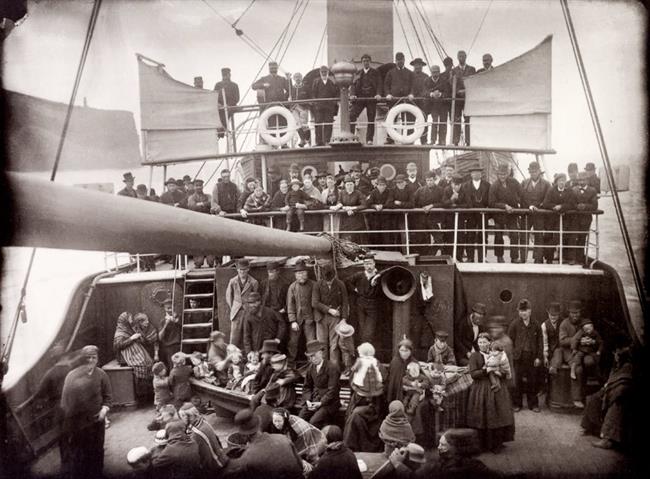
Want to visit your ancestral homeland? We can help!
Icelandic Farm Holidays has been a leading expert in travel in the Icelandic countryside for more than 30 years and is still majority-owned by farmers. We offer accommodation in our large network of over 170 bed and breakfasts, country hotels, cottages and working farms in every corner of Iceland, in addition to self-drive and guided tours.
We also specialize in heritage tours in Iceland. Whether you choose to focus on one or two areas of your ancestors or do a full tour of the island with only a short stay in those areas, we can help plan your visit from start to finish.
Guided heritage tours
Join one of our scheduled heritage tours accompanied by a local guide with expert knowledge on the emigration, offering valuable insights into nature, history, culture and folklore:
Heritage tour - Roots in Iceland: A comprehensive tour around Iceland providing a unique insight into Icelandic nature, history, culture and folklore. Available in July.
Iceland: If You Dare: An ideal tour for North-Americans of Icelandic origin or anyone who would like to learn more about the emigration. Available from mid-January to end of March.
Traveling independently: Private heritage tours
Whether you are traveling solo, as a couple or in a private group of family or friends, we can tailor-make heritage tours to suit different needs and wishes. We can book suitable accommodation, rental car/s and activities and arrange a bus tour for your group with a driver and a local guide if needed.
Private heritage tours: Customise your tour according to your needs and wishes.
You can also simply browse our website and book the accommodation or any of our pre-packaged tours yourself online.
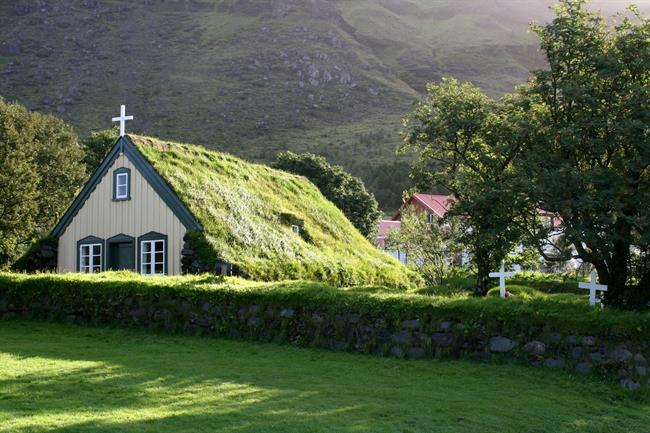
Photo: Ira Goldstein
Finding your roots in Iceland
We recommend starting your preparation early. Look for the names of your ancestors, where they left from, which year and the name of their farm or district. We will then assist you by forwarding the information to genealogy experts who specialize in emigration from Iceland. The information that follows can then be used to plan your dream visit to the sites of your ancestors in Iceland.
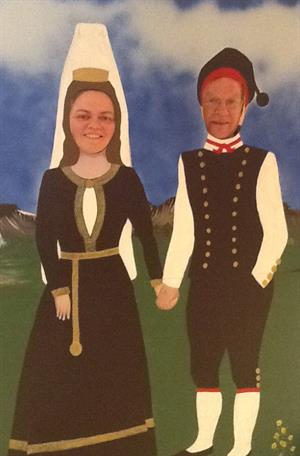
Please do not hesitate to contact our Icelandic heritage travel specialists for more information:
Helpful links related to Icelandic heritage, in Iceland and North America:
The Settlement Center in Borgarnes
Museum of Icelandic Sorcery & Witchcraft in Hólmavík
Glaumbær Turf Farm Museum
Emigration Center at Hofsós
Laufás Turf Museum
East Iceland Emigration Center in Vopnafjörður
Burstafell Turf Museum
Sænautasel - reconstructed farm in the east
Skógar Folk Museum
National Museum of Iceland
The Settlement Exhibition
Icelandic Roots, Genealogy, Heritage & Travel
Icelandic National League of North America
Icelandic National League
Heritage photos
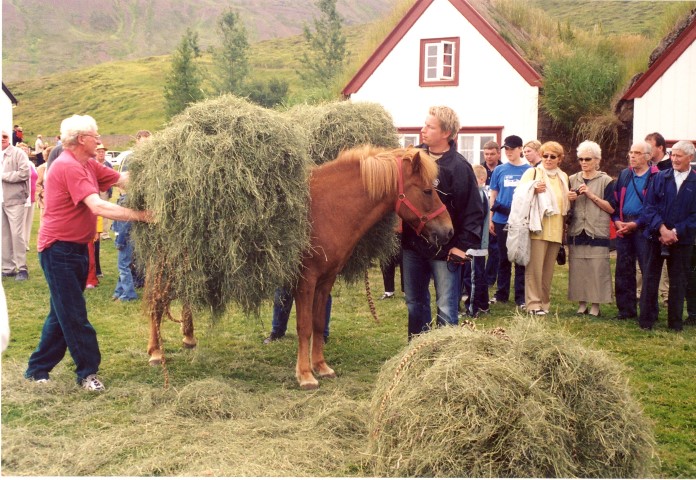%20(Small).jpg?&w=500)
Icelandic Horses carrying hay at Laufás Museum in Eyjafjörður, North Iceland.
_%c3%bej%c3%b3%c3%b0dans%20(Small).JPG?&w=500)
Icelandic folk dance at Laufás Museum in Eyjafjörður, North Iceland.
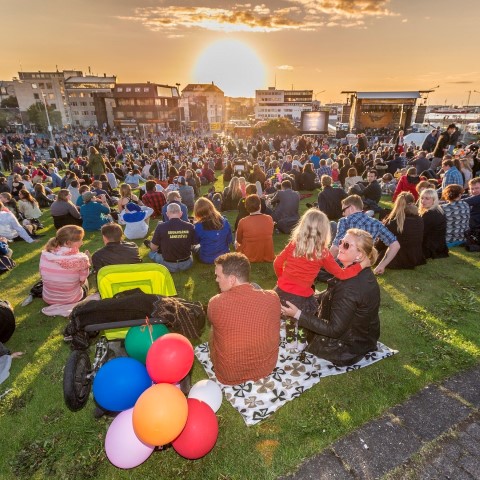.jpg)
Reykjavík Culture Night concert @Ragnar Th. Sigurðsson
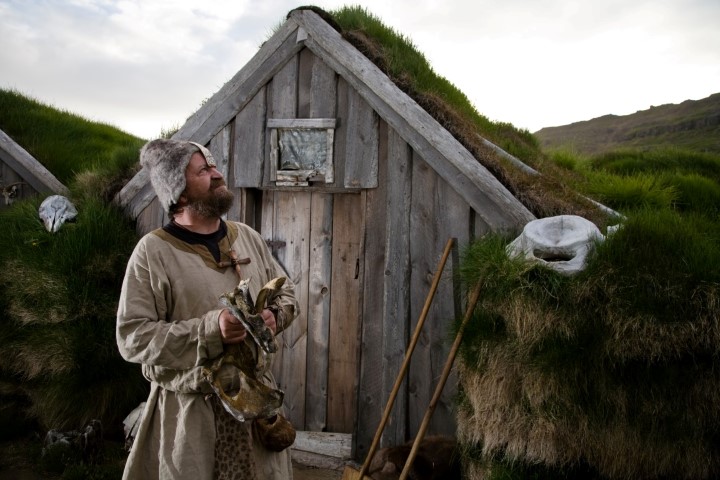%20(Small).jpg?&w=500)
Klúka house, Witchcraft and Sorcery Museum in the Strandir area, Westfjords.
About the emigration from Iceland to North America
Was overpopulation the reason?
Article by Jónas Thor, historian
The emigration period in Iceland began in 1870 and ended in 1914. Every year during that period someone left Iceland for the New World, sometimes in small or large groups. On other occasions just a few individuals, perhaps a family - husband, wife and children - or single people.
Obviously there always was a reason for such a significant move. We know that the elements in Iceland have often made life very difficult; brutally cold winters, volcanic eruptions or earthquakes often forced people to abandon their homes and start over somewhere else. Normally people chose to remain in the same part of the country. This often resulted in families being split and placed on different farms in the same rural community. The husband was hired as a farmhand at one farm while his wife became a maid on another. If they had children the mother was normally allowed to keep the youngest child with her while the other children were placed on different farms. Many such families were united in the end, managed to start over, perhaps on the old farm or somewhere else. But there are also many occasions when such a reunion never happened. Boys were more often moved from one farm to another. It was quite common for a a young boy in his early teens to have spent his childhood and early adolesence on 5-8 different farms.
%20(Small).JPG?&w=500)
It is often said that only about 10% of Iceland is arable and 3-4% can be cultivated. History shows that the land could sustain a population of 50,000 but when the population grew gradually in the second half of the 19th century available land for farming did not exist. Anyone traveling in Iceland's countryside in present times sees remains of abandoned farms in the most unbelievable places. The modern person wonders who on earth was foolish enough to make such an attempt?
The answer is overpopulation. Young men decided to try their luck, built a sod house, had a cow or two and few sheep. In normal years they managed to make enough hay to last their animals for the winter. But cold, long winters which resulted in cold springs and summers brought such plans to an end, forcing the young family off their land. As the average household grew from 5 to 7 people per farm in the mid 19th century people began to contemplate emigration from Iceland.
%20(Small).JPG?&w=500)